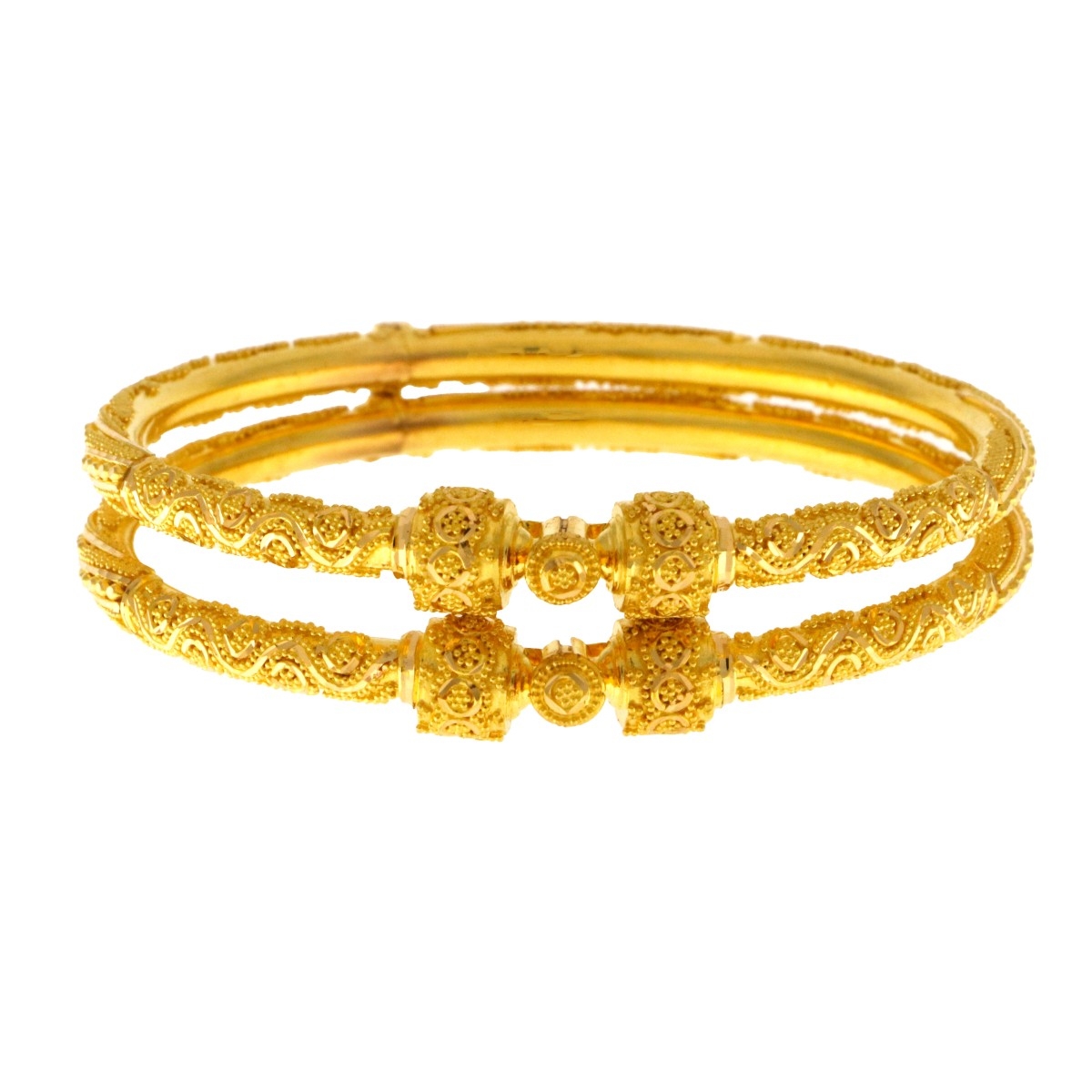Indian gold jewellery is more than just an accessory; it’s a cultural heritage, an investment, and a deeply symbolic tradition. For centuries, India has been the largest consumer and producer of gold jewellery, and this love affair with gold has only intensified over time. From stunning necklaces to intricately designed bangles, indian gold jewellery reflects the diversity, craftsmanship, and beauty that is unique to Indian culture.
1. History of Indian Gold Jewellery
Indian gold jewellery has a rich history that dates back over 5,000 years. Evidence of gold craftsmanship has been found from the ancient Indus Valley Civilization, where artisans created exquisite gold ornaments. Throughout Indian history, gold jewellery has been seen not only as a form of adornment but also as a symbol of wealth and status. Gold jewellery in India often tells stories from ancient mythology, cultural traditions, and is passed down as heirlooms within families.
2. Types of Indian Gold Jewellery
India’s diverse culture has inspired various forms of gold jewellery, each with distinct designs, styles, and purposes. Some of the most popular types include:
- Necklaces and Chains: Indian necklaces come in various designs, from heavy chokers to long, layered chains that are often adorned with gemstones or intricate carvings.
- Earrings: Jhumkas, danglers, and chandbalis are popular earring styles in India, each featuring intricate gold designs.
- Bangles and Bracelets: Gold bangles symbolize prosperity and are worn by women across India. Some styles, like the Punjabi kada, hold religious significance, while others, like the colorful glass-embedded bangles, are purely decorative.
- Maang Tikka and Nose Rings: These traditional pieces add elegance and charm to the overall look, especially during weddings and festive occasions.
- Rings and Toe Rings: Rings are worn on various occasions, from engagements to religious ceremonies, while toe rings are a staple in Indian culture for married women.
3. Significance of Gold Jewellery in Indian Culture
In Indian culture, gold jewellery is far more than an accessory. It symbolizes purity, prosperity, and beauty. Gold is a preferred metal during weddings, festivals, and religious ceremonies, symbolizing auspicious beginnings. Bridal jewellery in India, for example, is heavily influenced by traditional designs and often includes heirloom pieces passed down through generations.
Gold jewellery is also viewed as a form of investment in India. The value of gold rarely depreciates, making it a popular choice for families looking to preserve wealth across generations. During times of financial need, gold jewellery can be sold or used as collateral, providing financial security.
4. The Art of Crafting Indian Gold Jewellery
Indian gold jewellery is renowned worldwide for its intricate designs and expert craftsmanship. Goldsmiths in India utilize techniques like:
- Kundan: Originating from Rajasthan, Kundan jewellery involves setting precious stones into gold. The stones are embedded into gold with a thin foil, which enhances the shine and appeal.
- Meenakari: This technique, popular in Rajasthan and Gujarat, uses colored enamel to create vibrant patterns on gold jewellery.
- Filigree: Especially popular in Odisha and West Bengal, filigree work involves delicate patterns made by twisting thin gold wires to create lace-like designs.
- Temple Jewellery: Often featuring motifs from Hindu mythology, temple jewellery is known for its intricate carvings and sculptures.
5. Modern Trends in Indian Gold Jewellery
While traditional designs are highly popular, modern Indian gold jewellery has seen a shift towards more contemporary styles. Minimalist gold jewellery with geometric shapes and sleek lines has become popular among younger generations. Lightweight gold jewellery is also a popular trend, offering elegance with comfort. Many designers are now combining traditional motifs with modern aesthetics to appeal to a global audience.
6. Buying Indian Gold Jewellery
When buying Indian gold jewellery, quality and purity are crucial. Look for pieces that have been hallmarked, which guarantees authenticity. Carat weight is another consideration, as most gold jewellery in India is made with 22-karat gold, while some lightweight or delicate designs may use 18-karat or even 14-karat gold for better durability. Trusted jewellers often provide a certificate of authenticity, ensuring the quality and value of your jewellery.
7. Indian Gold Jewellery as an Investment
Gold jewellery in India is not only a symbol of cultural pride but also a wise investment. Over time, gold has maintained and increased its value, making it a reliable investment for individuals and families alike. Gold jewellery, unlike other assets, india jewellery online has the unique benefit of being both a wearable asset and a financial security.
Conclusion
Indian gold jewellery remains an enduring and treasured part of Indian culture, combining elegance, spirituality, and value. Its versatility, history, and craftsmanship continue to captivate people worldwide, making it a timeless investment for generations. Whether it’s an heirloom piece or a contemporary design, Indian gold jewellery holds a special place in the hearts of those who wear it and will continue to do so for generations to come


